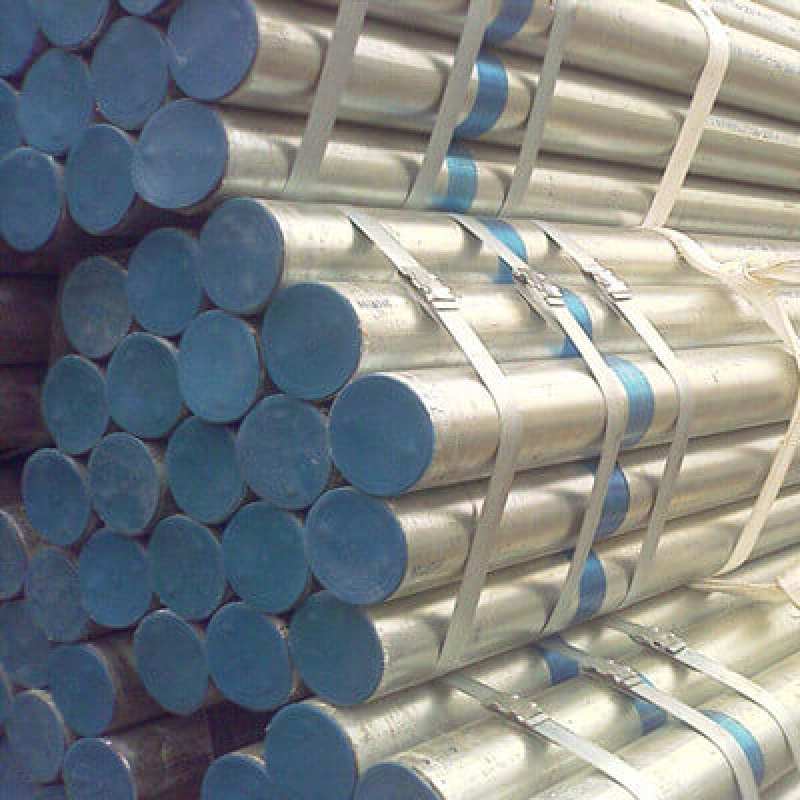-
Cangzhou Yulong Steel Co., Ltd.
-
Phone:
+86 13303177267 -
Email:
admin@ylsteelfittings.com

Oct . 21, 2024 14:31 Back to list
2-inch Mandrel Bends for Precision Tubing Applications and Custom Fabrication Solutions
Understanding 2-inch Mandrel Bends A Comprehensive Overview
In the field of metal fabrication and piping systems, the term mandrel bend refers to a specific technique used to create smooth and precise bends in pipes and tubes. Among the various sizes and types of bends, 2-inch mandrel bends are particularly popular due to their versatility in applications ranging from automotive exhaust systems to industrial piping. This article aims to explore the features, advantages, applications, and considerations associated with 2-inch mandrel bends.
What is a Mandrel Bend?
A mandrel bend is produced using a tool called a mandrel, which is inserted into a pipe or tube during the bending process. This tool supports the material being bent, preventing it from collapsing or causing deformation that would affect the quality of the bend. The use of a mandrel ensures a precise bend with a smooth radius, which is crucial in applications where flow dynamics are essential, such as in exhaust systems where efficient gas flow is paramount.
The Significance of 2-inch Size
The 2-inch diameter mandrel bend is particularly significant in various engineering fields due to its balance of size, weight, and structural integrity. It is large enough to support substantial flow rates while maintaining ease of handling and installation. The 2-inch size makes it a favorable choice for both residential and commercial applications, including
- Automotive Exhaust Systems Many vehicles utilize 2-inch mandrel bends to facilitate smooth exhaust flow, enhancing performance and efficiency. - Piping Systems In industrial settings, 2-inch bends are often used for liquid transport, cooling systems, and gas lines, where a continuous flow is necessary. - Ducting and Ventilation HVAC systems frequently employ 2-inch bends to navigate tight spaces while maintaining airflow efficiency.
Advantages of Using 2-inch Mandrel Bends
1. Improved Flow Characteristics The smooth interior surface created by mandrel bending significantly reduces turbulence and ensures a more efficient flow of liquids and gases. 2. Structural Integrity Unlike standard bends, which can introduce pressure drops and potential weak points, 2-inch mandrel bends maintain the strength of the original pipe, reducing the risk of leaks or failures.
2 inch mandrel bends

3. Versatility These bends can be readily used in various environments, from automotive to industrial applications, making them a go-to solution for fabricators and engineers.
4. Customization Mandrel bends can be produced in different angles and radii, allowing for customization to meet specific project requirements.
Considerations When Using 2-inch Mandrel Bends
While 2-inch mandrel bends offer numerous advantages, there are several considerations to keep in mind
- Material Selection The choice of material, whether aluminum, stainless steel, or mild steel, affects the performance and cost. Each material has its own characteristics like weight, flexibility, and corrosion resistance. - Cost Mandrel bends can be more expensive to produce than standard bends due to the additional tooling required. However, the long-term benefits often justify the initial investment.
- Bending Equipment Proper setup and maintenance of bending equipment are crucial to achieving the desired bend quality. Inadequate equipment can lead to defects and compromised performance.
Conclusion
2-inch mandrel bends represent a vital component in many engineering applications, merging functionality with reliability. Their ability to facilitate smooth flow and preserve structural integrity makes them indispensable in fields such as automotive design and industrial piping. As technology advances, the methods of producing these bends continue to improve, ensuring they remain a preferred choice for engineers and fabricators alike. Whether you are designing an exhaust system or handling complex piping layouts, understanding the benefits and applications of 2-inch mandrel bends will help you make informed decisions that meet both performance and quality requirements.
Latest news
-
ANSI 150P SS304 SO FLANGE
NewsFeb.14,2025
-
ASTM A333GR6 STEEL PIPE
NewsJan.20,2025
-
ANSI B16.5 WELDING NECK FLANGE
NewsJan.15,2026
-
ANSI B16.5 SLIP-ON FLANGE
NewsApr.19,2024
-
DIN86044 PLATE FLANGE
NewsApr.19,2024
-
DIN2527 BLIND FLANGE
NewsApr.12,2024
-
JIS B2311 Butt-Welding Fittings LR/SR 45°/90° /180°Seamless/Weld
NewsApr.23,2024
-
DIN2605-2617 Butt-Welding Fittings LR/SR 45°/90°/180° Seamless/Weld
NewsApr.23,2024











